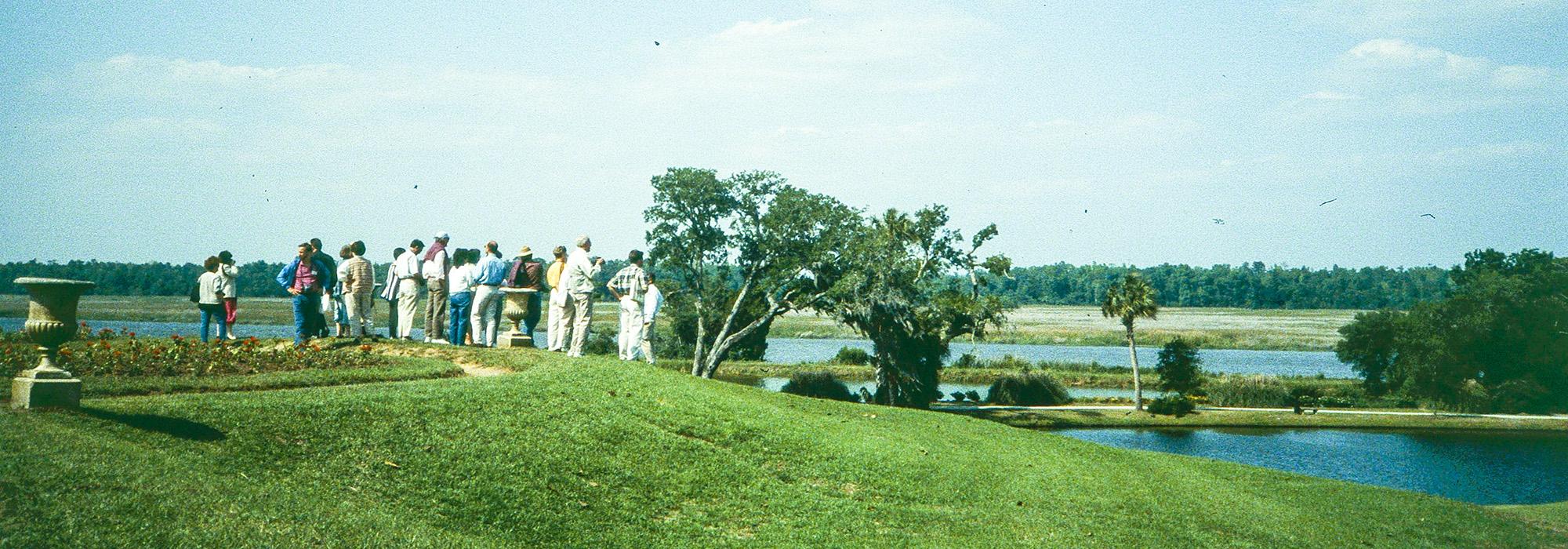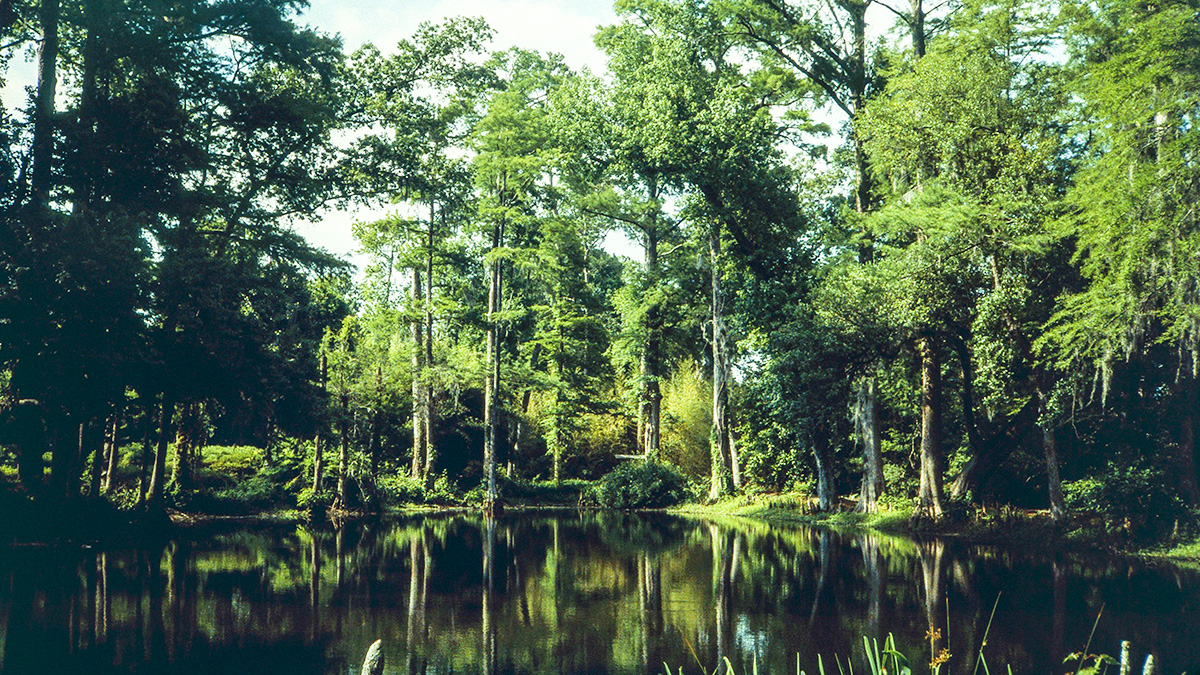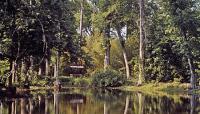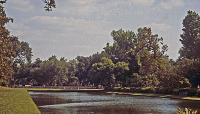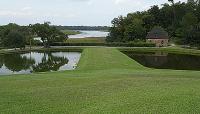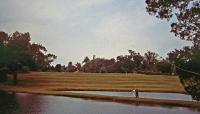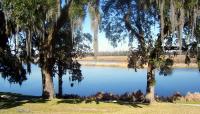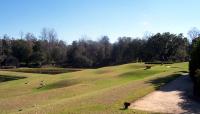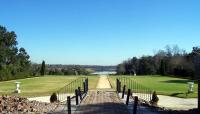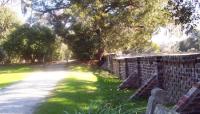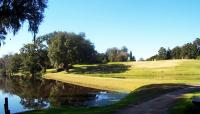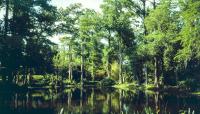Sited on a natural bluff with sweeping views of the Ashley River, Middleton Place’s gardens were begun by Henry Middleton in 1741. With the advice of an English gardener and Dezallier d’Argenville’s The Theory and Practice of Gardening, Middleton designed a 45-acre classical garden and 16-acre lawn. The plantation is approached from the west along a gravel loop and perpendicular drive which aligned with the Jacobean manor’s center hall. A straight gravel path extends from the manor east toward the river, becoming broad, earthen steps that bisect symmetrical curved lawn terraces. These continue as a greensward flanked by two butterfly-wing artificial lakes, terminating at the river’s edge. To the north, Middleton designed formal gardens featuring parterres, allées, and bowling greens. The gardens were buffered by native woods to the north, with agricultural fields, a creek, and the Rice Mill Pond, located south of the formal landscape. The historic rice fields, which featured a levee system were likely designed and constructed by enslaved laborers brought in captivity from West Africa.
Middleton’s descendants continued to develop the gardens, adding camellias given by botanist André Michaux and introducing azaleas, crepe myrtles, magnolias, and exotic flora propagated in greenhouses on site. Following the main house’s destruction by Union soldiers in 1865, the grounds fell into a long period of disrepair. In 1916 J. J. Pringle Smith began a thirty-year revitalization effort. First opened to the public in 1952, educational reenactments began in the 1970s, demonstrating trades worked on site before and after slavery’s abolishment. Southeast of the gardens, The Inn at Middleton Place, a Modernist design of stucco and cypress wood paneling by the architecture firm Clark + Menefee opened in the late 1980s. A Reconstruction-era dwelling known as Eliza’s House, named for the last known tenant, was restored and opened to visitors in 1991. Inside, a permanent exhibit details the lives and identities of the 2,800 people enslaved by the Middleton family. In 1971, 110 of the estate’s 7,000 acres were designated a National Historic Landmark and listed on the National Register of Historic Places.



